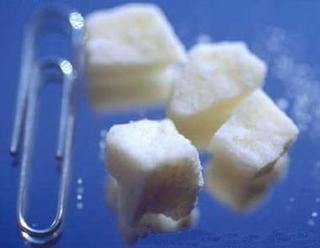The Economics of Crack: Suggested Reading
 Freakanomics is a book about popularizing an oft-ignored subject matter.
Freakanomics is a book about popularizing an oft-ignored subject matter.Pop econ if you want, but much more than that.
If names like Adam Smith, Gary Becker, or Milton Friedman leave you scratching your head, pick this book up.
Dubner & Levitt drive home one rudimentary concept: incentives matter.
What is economics anyways but the study of incentives?
The economics of crack, the subject of this book's best chapter, illustrates this interrelationship.
Crack, by the way, is very much alive these days.
Ok, it not the 80s, but crack is here.
You think about crack long enough, it'll crack you up.
One, there is no reliable metric to measure it by.
Two, the direct correlation between crack use and homicide levels was the only reason crack got so much airtime during its heyday.
Three, crack is still in its heyday -- even though we don't hear about it.
If you're an economist, however, crack per se is obsolete.
Pure economics were at play when crack pushers got beat at their own game:
Did you know you can apply Pareto's Law to crack use, too?Urban street gangs were the main distributors of crack cocaine. In the beginning, demand for their product was phenomenal, and so were the potential profits. Most crack killings, it turns out, were not a result of some crackhead sticking up a grandmother for drug money but rather one crack dealer shooting another -- and perhaps a few bystanders -- in order to gain turf.
But the market changed fast. The destructive effects of the drug became apparent; young people saw the damage that crack inflicted on older users and began to stay away from it. As demand fell, price wars broke out, driving down profits. And as the amount of money at stake grew smaller and smaller, the violence also dissipated. Young gang members are still selling crack on street corners, but when a corner becomes less valuable, there is less incentive to kill, or be killed, for it.
As the price has fallen about 75 percent from its peak, which has led to an interesting consumption pattern: there are far fewer users, but they are each smoking more crack. This, too, makes perfect economic sense. If you are a devoted crackhead and the price is one-fourth what it used to be, you can afford to smoke four times as much.The crack market has matured, ladies and gents.
Less users, more consumption -- that's the paradox of crack.
The other paradox is that economists are now doing a sociologist's job, and a damn good one at that.
<< Home